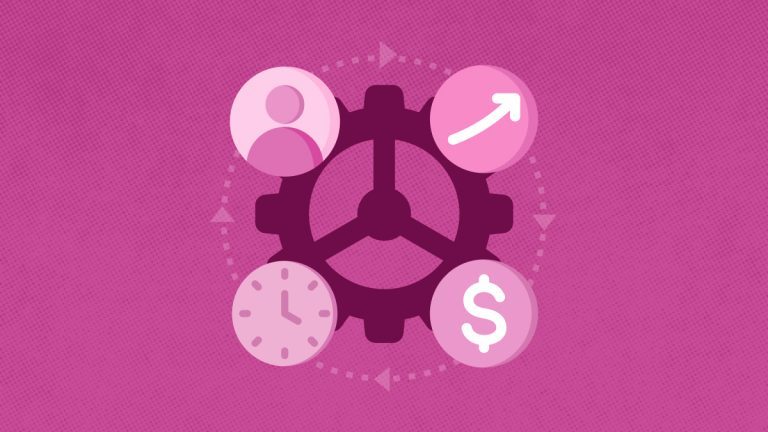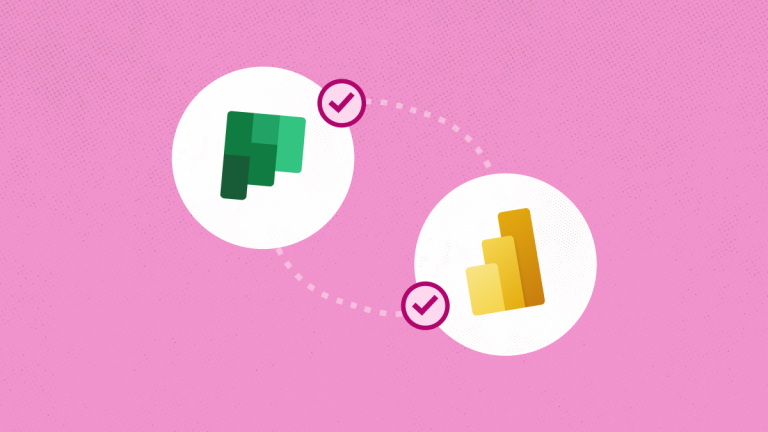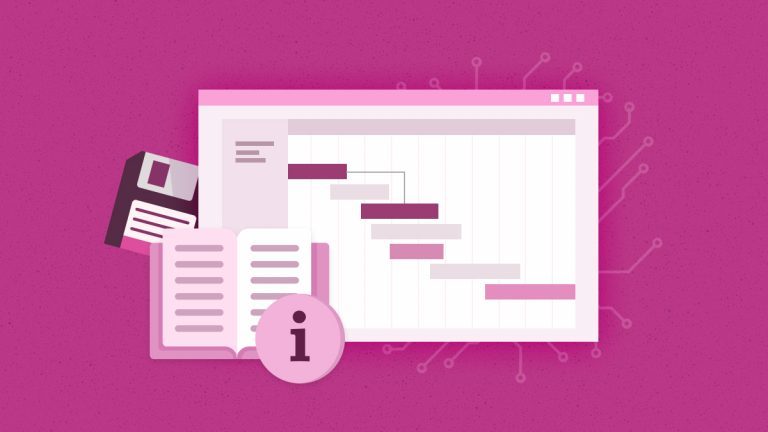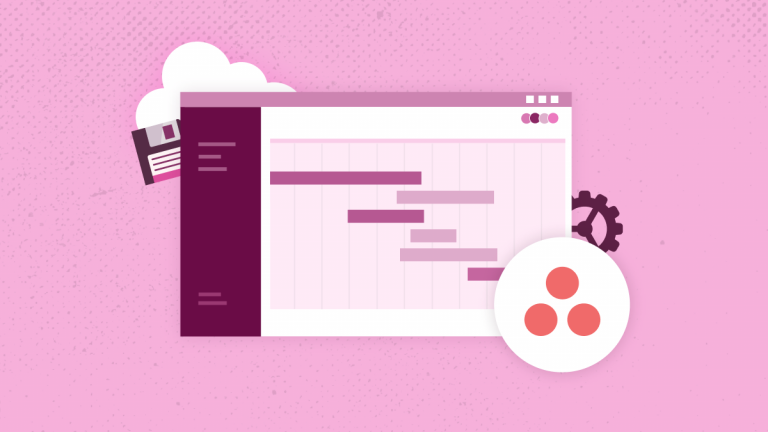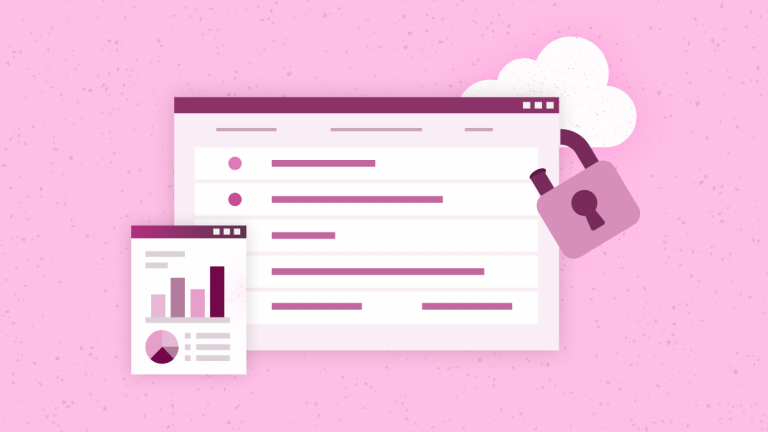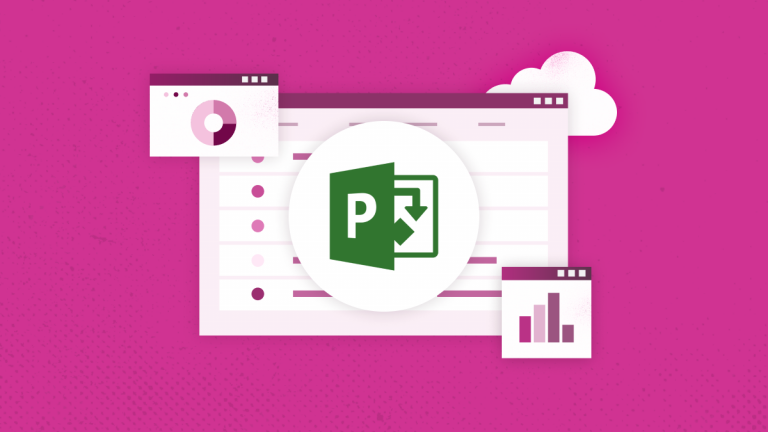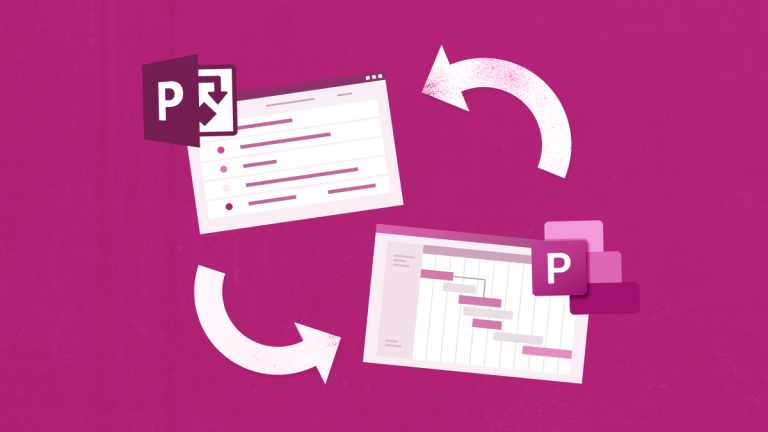
Anna Shalomova
PPM Consultant
What is data backup?
Disaster can strike at any time. Your project management sources and activities could suffer from accidental data loss, breaches, and human errors. A study conducted by the Ponemon Institute on the Cost of a Data Breach found that the average cost of a data breach is $3.86 million. These expenses comprise lost productivity and clients to legal fees and public relations. Most firms are unable to cover these expenses. That’s why creating a backup plan is crucial. If a data loss occurs, your priceless assets must be safeguarded, and your business operations must be quickly restored.
What is a backup strategy?
It is a comprehensive and essential action plan that many enterprises adopt to protect their operations against data loss and rapidly recover with little or no damage to reputations and workflows.
Methods for creating a reliable data backup strategy
The proper data backup strategy eliminates any worry about failure when disaster strikes and disruption of other business operations. Here are the ten steps you must follow when creating secure data backup guidelines:
Step 1: Determine what data has to be backed up
Which data must be safeguarded in line with your back up strategy? Your best bet is to protect everything. You don’t want to lose something only to realize it was valuable later permanently.
Step 2: Determine how often data has to be backed up
How often do you need to backup data? Regular or periodic backups are good options, depending on how often you make changes and your recommended backup strategy. When a disaster strikes, you can retrieve data rapidly, remaining online without incurring additional costs and failure.
How many backup copies or how much space do you require? You must define how much data you’ll store and how long you’ll keep it. You will require ample storage space if you need to store most of your data for an extended period.
Step 3: Determine the optimal backup strategy
Here is one outstanding and recommended backup strategy:
Cloud-based solutions. You will be able to perform backups and store them in the cloud. This solution, also known as Backup as a Service (BaaS), is secure and affordable.
The best perk of the cloud-based recommended data backup strategy is that you can access your data from anywhere, provided you have an internet connection.
Step 4: Set your budget
As with any aspect of your business, you must establish a budget. Some fallback choices are more expensive than others. Unlike hardware, cloud solutions are cost-effective and scalable. Determine the utmost amount you’re willing to spend on data backup plan costs and remember to factor in training costs if you’ll need an employee to manage the backup.
Step 5: Select a vendor to assist with your backup
Choosing a supplier takes a lot of work. You may desire a vendor who can cover all your backup and data security needs, or you may prefer to select vendors based on specific requirements. Examine each proposal and request references to determine which services are included, how long the process will take, and how much it will cost. Don’t forget to take the vendor’s reputation into account.
Step 6: Create a timeline
Regardless of which vendor you select, you must be provided with a timetable for your data backup strategy. However, this does not preclude you from having your timeline. A timeline will assist your organization in preparing for implementation and ensuring that teams are prepared to provide support. Consider the following as you construct your timeline:
- Before initiating a project, consult with your vendor to determine what resources they may require.
- Then, if necessary, ascertain how long approving the budget may take.
- Include extra time for vendor fulfillment. You do not want a delay to disrupt your complete schedule.
- Consider measures to protect your customers from potential delays or develop a communications strategy so buyers are prepared.
Step 7: Identify and implement a suitable backup and recovery solution
Once your backup strategy example is in place, you need a checklist for your disaster recovery plan. Create the plan in collaboration with your vendors and IT administrators. It is usual for the plan to change as your work develops, so you will need to reevaluate it approximately every six months. Include the following in your recovery plan:
- Who must participate in disaster recovery.
- What software and hardware, and in what sequence, must be recovered.
- When your business must revert to normal operations.
- Locations of your disaster recovery.
- What response procedures should be followed.
- How to interact with clients during an emergency.
Step 8: Validate your backup system
Create an evaluation schedule for your business backup systems. It can be based on a schedule (e.g., quarterly) or occurrences, including after an update. During testing, you must watch for any bugs and ensure the process of restoring runs without any failures.
Step 9: Test and monitor your backup system
You must assess how effective your enterprise data backup strategy is to achieve complete data protection. You can start testing and monitoring your backup system by familiarizing yourself with it, then run tests to retrieve corrupted or deleted files. See if your backup app appears in the desired file or location for recovery. Monitor how long it takes you to back up your data.
Step 10: Test your data backup plan
Your backup plan and its effectiveness determine how quickly you can recover when disaster strikes. Many businesses employ cloud-based software because they are secure and reliable.
Therefore, conducting a restore test will allow you to determine if you can restore your data and how long it will require for your business to resume operations.
Get skilled and experienced data backup support from FluentPro
You might lose money, customers, and even your entire company if you fail to plan for a disaster. To keep your business operating smoothly, you must follow secure data backup strategy recommendations to alleviate the risk of data loss.
FluentPro G.A Suite provides fully automated, 24/7 data backup for Microsoft Project and Portfolio Management Platform, protection, and administration services for enterprises and large companies in all industries. Our solution allows you to backup, restore, and archive all your company-critical Microsoft Project Online data, SharePoint sites, and PWA configurations. It eliminates manual backup and human errors with no downtime, ultimately boosting your company’s productivity.
FluentPro G.A. Suite guarantees:
- data integrity and reliability
- automated backup
- disaster recovery
- reduction of data loss
- automation of most project operations
Download case study
on Cardo Systems experience of using G.A. Suite for Project Online protection




